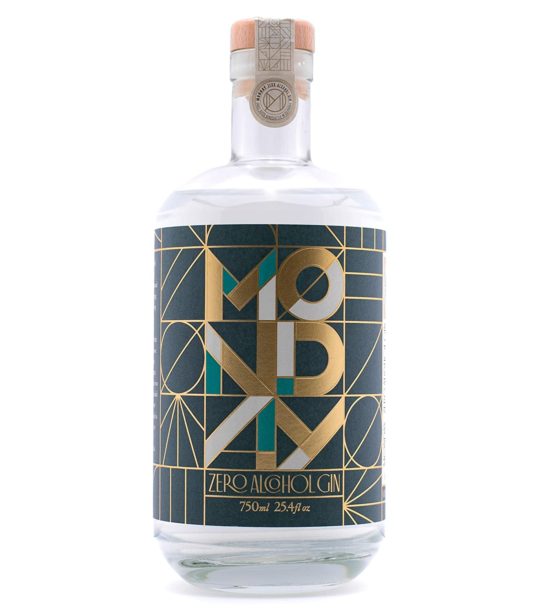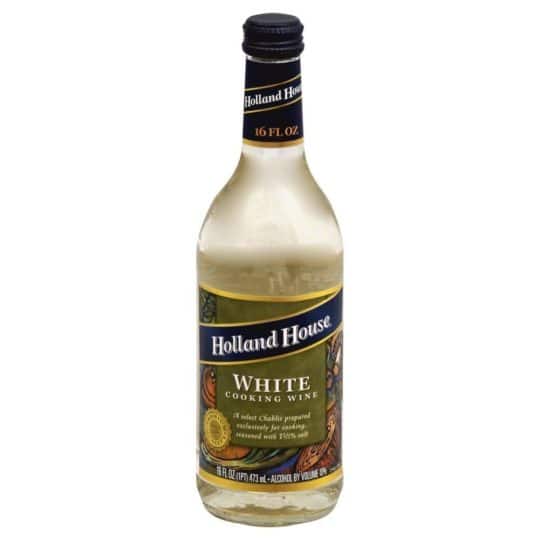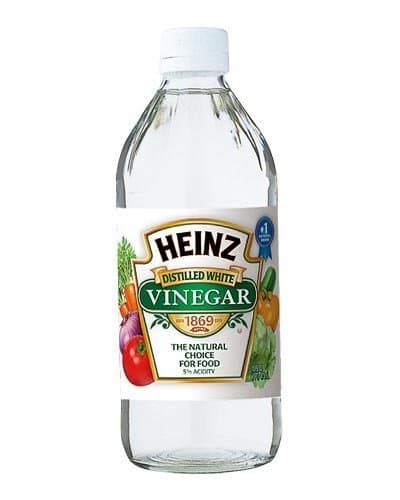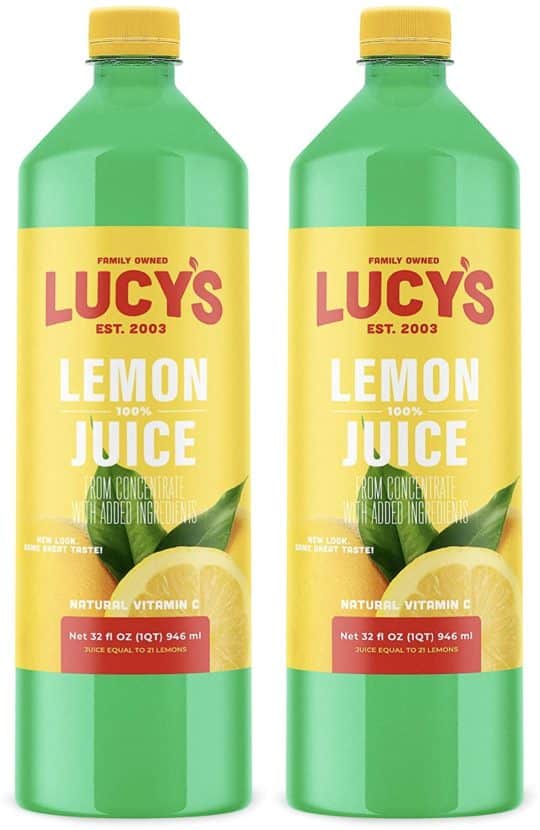Updated on April 9th, 2023
Chinese rice wine (also known as Shaoxing rice wine) is a Chinese rice wine used for drinking and cooking. The wine is named after a famous winemaking city of the same name in China: Shaoxing. Rice wine originated in Southeast Asia, where it is available in different types that vary in color and flavor. Rice wine is very widely used in Southeast Asian cuisines.
Shaoxing rice wine is made from brown glutinous rice and is commonly aged for 10 or more years. Shaoxing wine has a mild flavor that tastes faintly like dry sherry. Rice wine is off-white in color, resembling white wine. It’s sweeter than other types of wine, and it has less alcohol in it as well. The alcohol content of this wine is about 17 to 18%.
A 5-ounce (147-mL) serving of Chinese rice wine provides 201 calories, 7.5 grams of carbohydrates, and 0 grams of sugar and salt.
Rice Wine vs. Rice Vinegar
Though both are made from fermented rice, rice wine and rice vinegar are different.
Rice wine is a popular alcoholic beverage used for both drinking and cooking. In Japan, it’s known as sake and the country’s national beverage. Other versions used for cooking include mirin from Japan and huangjiu from China. The wine is made by fermenting rice starches using “yeast, fungi, and lactic acid bacteria” to produce alcohol. For example, the mold known as Aspergillusoryzae converts starches into sugars, and yeast called Saccharomyces cerevisiae produces alcohol.
On the other hand, Rice vinegar is made by fermenting the starches in rice using an “acetic acid bacteria” known as Mother of Vinegar (known as Mycodermaaceti) and small amounts of rice wine to convert the sugars into alcohol and then into acetic acid.
There are many other rice wine varieties on the market. Some boast different flavors and colors depending on the fermentation process and other ingredients like spices, herbs, or fruits.
Substitute for Chinese Rice Wine?
The following substitutes are perfect for giving your food a particular taste even if you don’t have rice wine on hand. You might have to adjust the rest of the seasonings to maintain the sweetness of rice wine, but that will depend strictly on your personal preferences.
Sherry

If your recipe calls for Shaoxing rice wine, commonly used in Chinese cuisine, you may use an equal amount of pale, dry sherry. Like Chinese rice wine, this type of rice wine is reddish-brown and originated from Shaoxing in China. Cooking sherry or cream sherry should not be used in place of Chinese rice wine. The ideal Shaoxing wine substitute is pale, dry sherry, which can also be used in place of other amber-colored rice wines. Try to find sherry bottles with ‘dry’ or ‘pale, dry’ labels.
Gin

If you need Chinese rice wine to prepare a recipe, you may use a slightly less amount of gin as a replacement. Compared to Chinese rice wine, gin has a flavor that is more similar to Chinese rice wine. This is a perfect substitute for cooked recipes as well as salads. Even dry white vermouth can be used if its herbal flavor goes well with the dish. This substitute is equally suitable for marinades and dipping sauces.
White Wine

Chinese rice wine can be replaced with an equal amount of white wine. This substitute is the closest to Chinese rice wine. The two wines resemble each other in color, taste, and consistency, but sweetness. However, you must consider adding sweetener to this dish to match the taste profile of Chinese rice wine.
Apple Juice

Apple juice can replace many types of wine, including rice wine. This substitute has both an acidic taste and a sweet taste which helps your food have a rich flavor every time you use it. You can use apple juice in salad dressings and when you cook vegetables, including in stir-fries recipes.
When you use apple juice, keep the same ratio as you would use rice wine. However, don’t expect the same flavor. However, your food will taste similar, but it will not be as sweet, and it will have a fruity taste that rice wine won’t give it.
White Vinegar

White vinegar has the same color as rice wine which is the main reason why it makes for a suitable substitute. It also has a higher level of acidity than a rice wine. Thus, you might want to use less of it if you don’t want your food to be too acidic. Keep in mind that white vinegar is not sweet. Therefore, you will have to add a sweetener of your choice to balance the flavors.
Use white vinegar instead of rice wine in fewer quantities. For every cup of rice wine, you want to start by using half a cup of white vinegar. You can always increase the white vinegar quantity according to your taste. This will taste great in stews or marinates as well as stir-fries and salads.
Lemon Juice

Lemon juice gives your food the acidity that rice wine would give it but not the sweetness of this ingredient. This is why it is very important to use lemon juice with caution if you want to have a dish that doesn’t taste too tart.
You can adjust its flavor by adding honey, sugar, or other sweeteners of your choice. In terms of ratio, you can use half a cup of lemon juice for every cup of rice wine your recipe calls for. If you need more liquid, you can always add more water until you get the consistency you want. Lemon juice is perfect for cold dishes such as salads.
Frequently Asked Questions [FAQs]
What is a good substitute for Chinese rice wine?
The best substitute for Chinese rice wine remains white wine or even gin. You can use these substitutes in all dishes as they have almost the same color and a very similar flavor. Regardless of the rice wine substitute you use, you will need to adjust the seasonings. You may need to add sugar or honey to get a sweeter flavor. This is why it is important to taste your food as you are cooking it to ensure you end up with the flavor you want.
Is rice wine vinegar the same as rice wine?
First off, rice vinegar and rice wine vinegar refer to the same thing. It’s confusing, but it’s true. Rice wine vinegar is not wine, nor is its rice wine. They convert the alcohol into acetic acid, made by fermenting the sugars in the rice into alcohol and then into acetic acid to make the vinegar.
Is quinoa healthier than rice?
Yes, it is. Quinoa is better than rice because of its higher nutritional benefits. A cup of quinoa contains twice as much protein and about 5g more fiber than white rice. Furthermore, quinoa contains fewer calories and carbohydrates than white rice.
Chinese rice wine can add a delicious taste to many Asian dishes, but it is also used in other cuisines. However, if you are missing this wine, you can successfully use one of the replacements in this guide. As long as you pay attention to the rest of the seasonings in your food, you will end up with a delicious dish.
